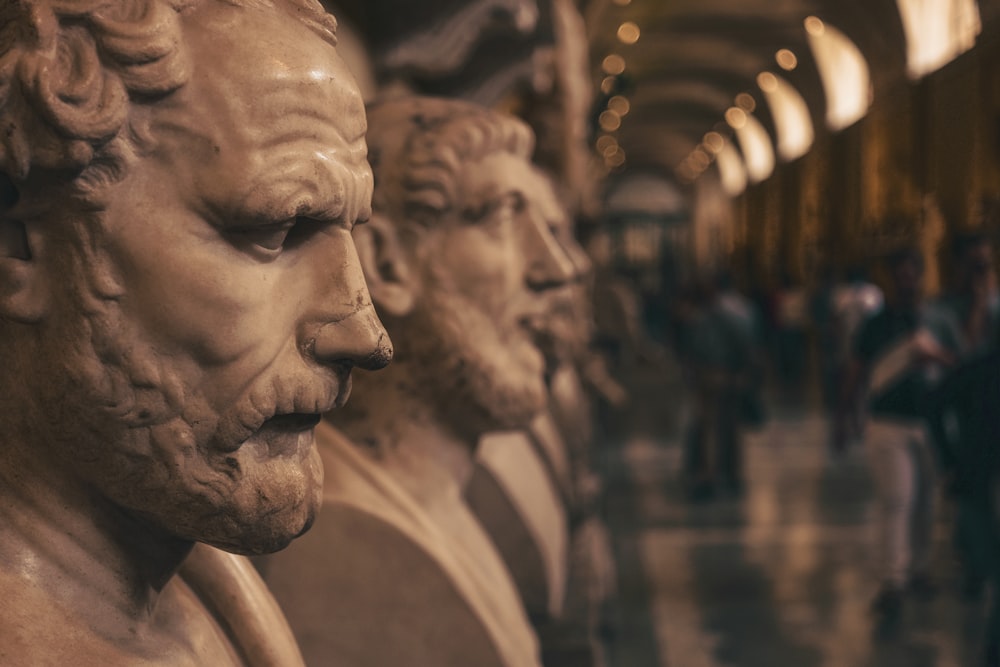Exploring Artistic Legacies: A Journey Through History
In the vast tapestry of human civilization, art stands as a timeless reflection of our collective journey. From ancient cave paintings to contemporary installations, the evolution of artistic expression tells a compelling story of innovation, resilience, and cultural richness. Let’s embark on a journey through history to unveil the artistic legacies that have shaped our world.
Ancient Beginnings: The Origins of Art
Our journey begins with the dawn of humanity, where early civilizations left their mark on the canvas of history through art. From the intricate cave paintings of Lascaux to the monumental architecture of ancient Egypt, art served as a medium for storytelling, spiritual expression, and cultural identity. These artistic legacies continue to inspire awe and fascination, offering glimpses into the lives and beliefs of our ancestors.
Classical Mastery: Art in Antiquity
As we traverse through time, we encounter the flourishing art of classical civilizations such as Greece and Rome. The mastery of sculpture, painting, and architecture reached new heights, showcasing the human form in all its beauty and complexity. From the Parthenon’s majestic columns to the timeless sculptures of gods and heroes, classical art laid the foundation for artistic ideals that would resonate for centuries to come.
Medieval Splendor: Art and Faith
The medieval period ushered in a rich tapestry of art intertwined with religious devotion and symbolism. Gothic cathedrals soared to the heavens, adorned with intricate stained glass windows and elaborate sculptures depicting biblical narratives. Manuscript illuminations illuminated the pages of sacred texts with vibrant colors and intricate designs, embodying the spiritual essence of the era. Art became a powerful tool for conveying faith, piety, and the mysteries of the divine.
Renaissance Revival: The Rebirth of Art
The Renaissance marked a period of rebirth and revival in art, science, and culture. Visionaries such as Leonardo da Vinci, Michelangelo, and Raphael ushered in an era of artistic innovation and humanistic ideals. The mastery of perspective, anatomy, and composition brought realism and depth to artistic creations, culminating in masterpieces like the Sistine Chapel ceiling and the Mona Lisa. The Renaissance legacy continues to inspire awe and admiration for its unparalleled beauty and creativity.
Baroque Drama: Art in Motion
The Baroque period embraced drama, emotion, and theatricality in art and architecture. Artists like Caravaggio and Bernini infused their works with dynamic movement, intense lighting, and emotional intensity. Baroque palaces and churches became showcases of grandeur and opulence, with elaborate frescoes, ornate sculptures, and dramatic compositions evoking powerful emotions and spiritual experiences. The Baroque era left a lasting legacy of artistic exuberance and theatrical flair.
Enlightened Visions: Art and Enlightenment
The Age of Enlightenment brought forth new ideas, rationality, and a spirit of inquiry that shaped art in profound ways. Neoclassicism emerged as a reaction to the excesses of the Baroque, emphasizing simplicity, clarity, and classical ideals. Artists like Jacques-Louis David depicted historical and mythological themes with a sense of moral purpose and intellectual rigor. The Enlightenment era encouraged critical thinking, social commentary, and artistic exploration that challenged conventions and sparked new movements.
Modern Expressions: Art in the 20th Century
The 20th century witnessed a seismic shift in artistic expressions, from the avant-garde experiments of Cubism and Surrealism to the abstract explorations of color and form in Abstract Expressionism. Artists like Pablo Picasso, Salvador Dalí, and Jackson Pollock pushed the boundaries of artistic conventions, challenging viewers to question, interpret, and engage with art in new ways. The diversity of styles, movements, and ideologies reflected the complexities of a rapidly changing world.
Contemporary Narratives: Art in the Digital Age
As we navigate the complexities of the 21st century, art continues to evolve and adapt to new technologies, global perspectives, and social issues. Contemporary artists explore themes of identity, globalization, climate change, and social justice through a myriad of mediums and approaches. Digital art, installation art, performance art, and multimedia experiences redefine the boundaries of artistic expression, inviting audiences to participate, interact, and reflect on the world around them.
Preserving Artistic Heritage: The Role of Museums and Institutions
Throughout our journey, museums, galleries, and cultural institutions play a crucial role in preserving and showcasing artistic legacies for future generations. They serve as guardians of cultural heritage, custodians of artistic treasures, and platforms for dialogue, education, and appreciation of art’s enduring impact. By preserving and celebrating artistic legacies, these institutions ensure that art continues to inspire, provoke, and enrich our lives for generations to come.
Celebrating Art’s Endless Journey
As our journey through art history comes to a close, we celebrate the endless creativity, innovation, and diversity that define the artistic landscape. From ancient origins to contemporary explorations, art’s journey reflects the human experience in all its complexity, beauty, and resilience. Let us continue to unravel the mysteries, unveil the legacies, and embrace the transformative power of art in shaping our world and our collective imagination. Read more about Art history




